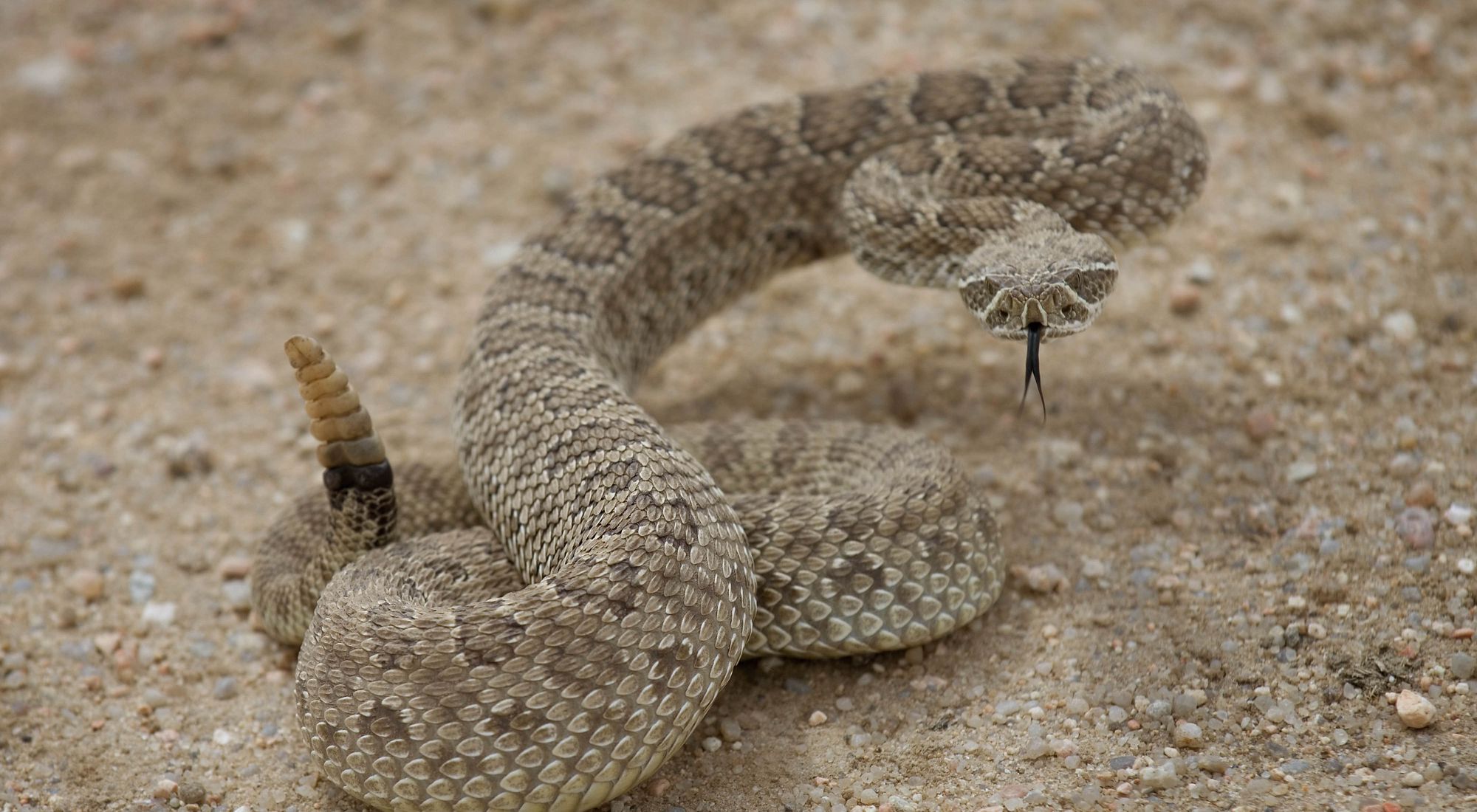What are the symptoms of a snake bite?
The symptoms of a snake bite can vary depending on the type of snake, the amount of venom injected, and the location of the bite. Generally, symptoms can be categorized into local and systemic reactions:
Local Symptoms:
- Pain and Swelling: Immediate pain at the bite site, often accompanied by swelling and redness.
- Discoloration: Bruising or discoloration around the bite area, which can progress to necrosis (tissue death) in severe cases.
- Blisters: Formation of blisters or ulcers around the bite site.
- Puncture Marks: Visible puncture marks or fang marks at the site of the bite.
- Heat and Warmth: The affected area may feel warm or hot to the touch.
Systemic Symptoms:
- Nausea and Vomiting: Feeling nauseous or experiencing vomiting.
- Fever and Chills: Elevated body temperature or chills.
- Headache: Headaches or dizziness.
- Weakness and Fatigue: General weakness or fatigue, which can be severe.
- Sweating: Excessive sweating.
- Shortness of Breath: Difficulty breathing, which can indicate anaphylactic shock or respiratory distress.
- Rapid Heart Rate: Increased heart rate or palpitations.
- Confusion or Drowsiness: Changes in mental status, including confusion, dizziness, or drowsiness.
Severe Symptoms:
- Shock: Signs of shock, including a rapid drop in blood pressure, rapid pulse, and fainting.
- Hemorrhage: Uncontrolled bleeding, either internally or externally.
- Organ Damage: Symptoms related to damage of specific organs, such as renal failure or liver dysfunction.
Allergic Reactions:
- Anaphylaxis: Severe allergic reaction that can cause swelling of the face and throat, difficulty breathing, and a sudden drop in blood pressure.
Neurotoxic Effects (from some venomous snakes):
- Paralysis: Muscle weakness or paralysis, particularly in the face and limbs.
- Difficulty Swallowing: Difficulty swallowing or speaking, if the venom affects the nerves.
The severity and type of symptoms can depend on factors like the species of snake, the amount of venom injected, the location of the bite, and the individual’s overall health. Immediate medical attention is crucial if bitten by a snake to assess the severity of the bite and begin appropriate treatment.
What is the treatment for a snake bite?
The treatment for a snake bite involves several key steps to manage the effects of venom, reduce complications, and provide supportive care. Immediate medical attention is critical. Here’s an overview of the treatment approach:
1. First Aid Measures:
- Stay Calm: Keep the victim as calm and still as possible to slow the spread of venom.
- Immobilize the Affected Limb: Keep the bite area immobilized and at or below the level of the heart to minimize the spread of venom.
- Avoid Cutting or Sucking the Wound: Do not cut the wound or attempt to suck out the venom.
- Do Not Apply Ice or Tourniquets: Ice and tourniquets can worsen tissue damage and are not recommended.
2. Medical Treatment:
- Antivenom Administration: The primary treatment for venomous snake bites is the administration of specific antivenom. The type of antivenom used depends on the species of snake. Antivenom helps neutralize the venom and prevent further damage.
- Wound Care: Clean the bite area gently with soap and water to reduce the risk of secondary infection. However, do not use ice or apply pressure to the bite site.
- Pain Management: Analgesics or pain relievers may be administered to manage pain.
- Monitoring and Support: Monitor vital signs and provide supportive care, including intravenous fluids and medications to manage symptoms such as nausea, vomiting, and shock.
3. Advanced Treatments:
- Surgical Intervention: In cases of severe tissue damage or necrosis, surgical debridement or other procedures may be necessary to remove dead tissue and promote healing.
- Treatment for Complications: Manage any complications that arise, such as respiratory distress, renal failure, or bleeding disorders.
4. Follow-Up Care:
- Observation: Continued monitoring for signs of delayed reactions or complications is important.
- Rehabilitation: Depending on the severity of the bite and any resulting injuries, rehabilitation may be required.
5. Preventive Measures:
- Avoiding Future Bites: Educate individuals on avoiding snake habitats and practicing safety measures in areas where snakes are common.
Immediate and appropriate treatment is essential for minimizing the effects of a snake bite and improving outcomes.

Leave a Reply
You must be logged in to post a comment.